21:50 UTC
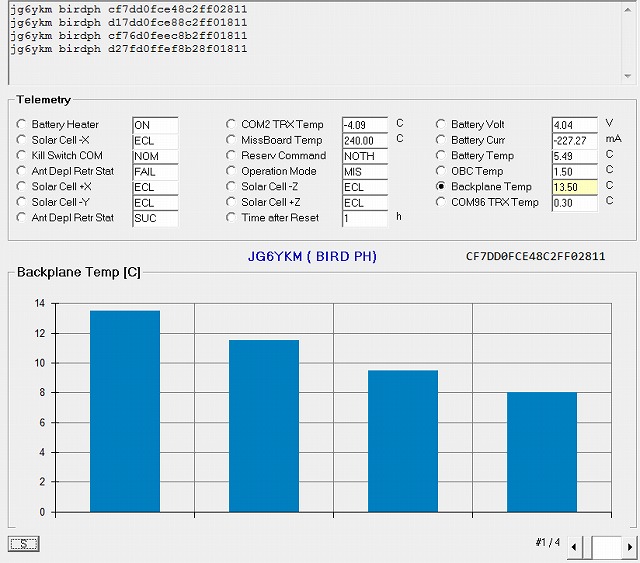
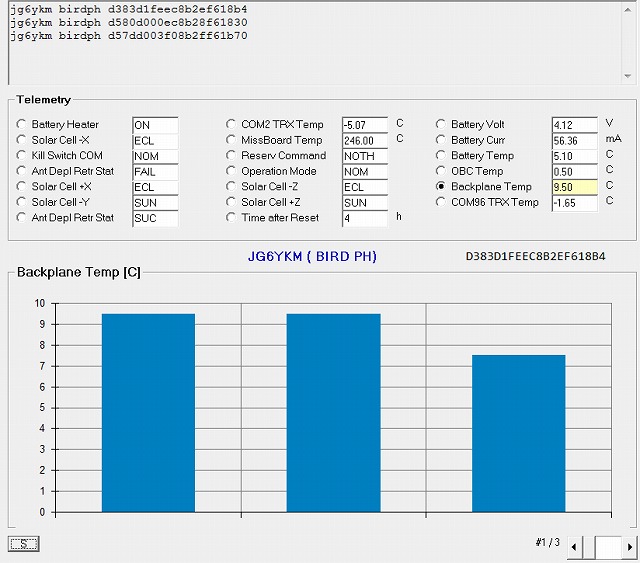
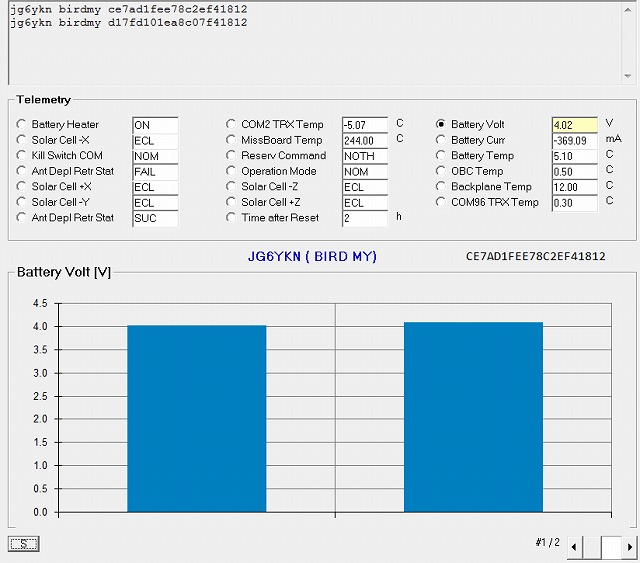
21:50 UTC



21:25 UTC
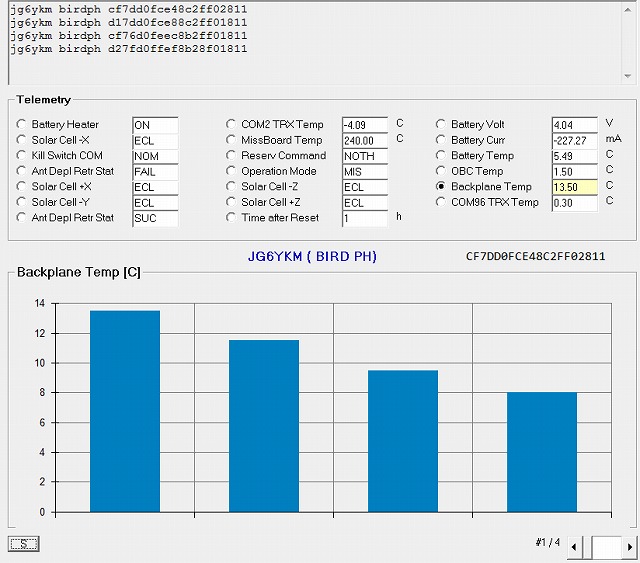
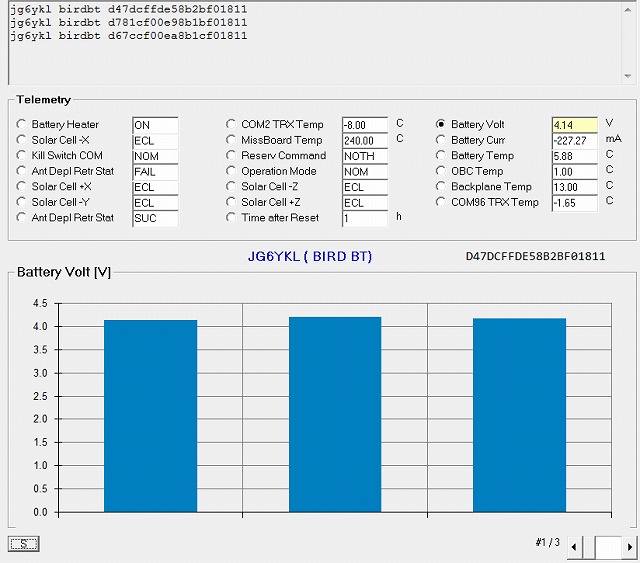
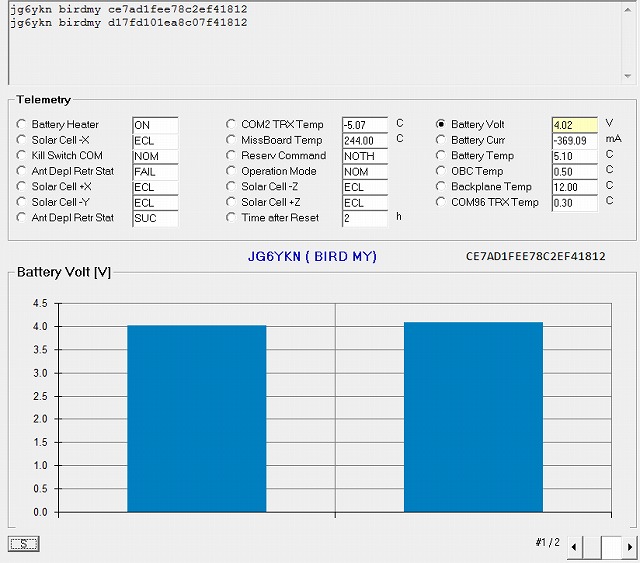
21:33 UTC
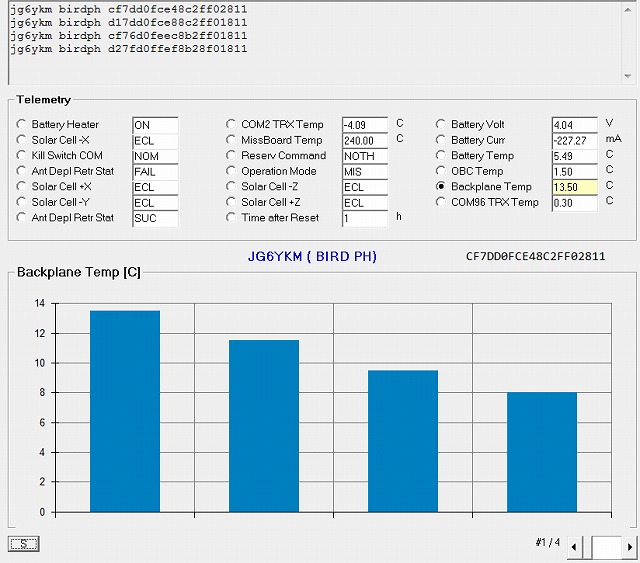

22:10 UTC
jg6ykl birdbt d57ace01ea8b1df81811
jg6ykm birdph d481cf00ef8c________
jg6ykl birdbt d87ece02ef8b2dfa1b71
jg6ykm birdph d67dcf04f28b30f81b71
jg6ykn birdmy d681cc09f38c30f01811
jg6ykl birdbt d87ecd06f28b2dfa1b71
jg6ykm birdph d67dce06f78c30f81871
jg6ykn birdmy d681cb0bf68c09ff1ff1
jg6ykl birdbt d87bcd07f38b2efa1b71
The main (non-amateur) mission goal of the BIROS satellite is the detection of thermal hot spots like forest fire or volcano activities. The main payload of the BIROS satellite will be a multispectral camera system. The satellite itself is a 3-axes stabilized platform with reaction wheels and magnetorquers. The standard downlink and uplink is a wire S-Band and does not use amateur-satellite service bands.
Only for short experiments the UHF modem will be used. Using BIROS’ UHF modem, the communication (435.950 MHz) between amateur satellite BEESAT-4 and ground stations should be monitored. The same experiment will be done for communication between BIROS and ground stations (BEESAT-4 will be monitoring), until BEESAT-4 drifted too far away from BIROS.
After the experiment is ended the satellite’s UHF modem can be used by amateurs as a digipeater. Furthermore it will provide a beacon signal for radio amateurs.
BIROS will carry onboard the picosatellite BEESAT-4 and release it through a spring mechanism after the successful check-out and commissioning of all relevant BIROS subsystems (6 weeks).